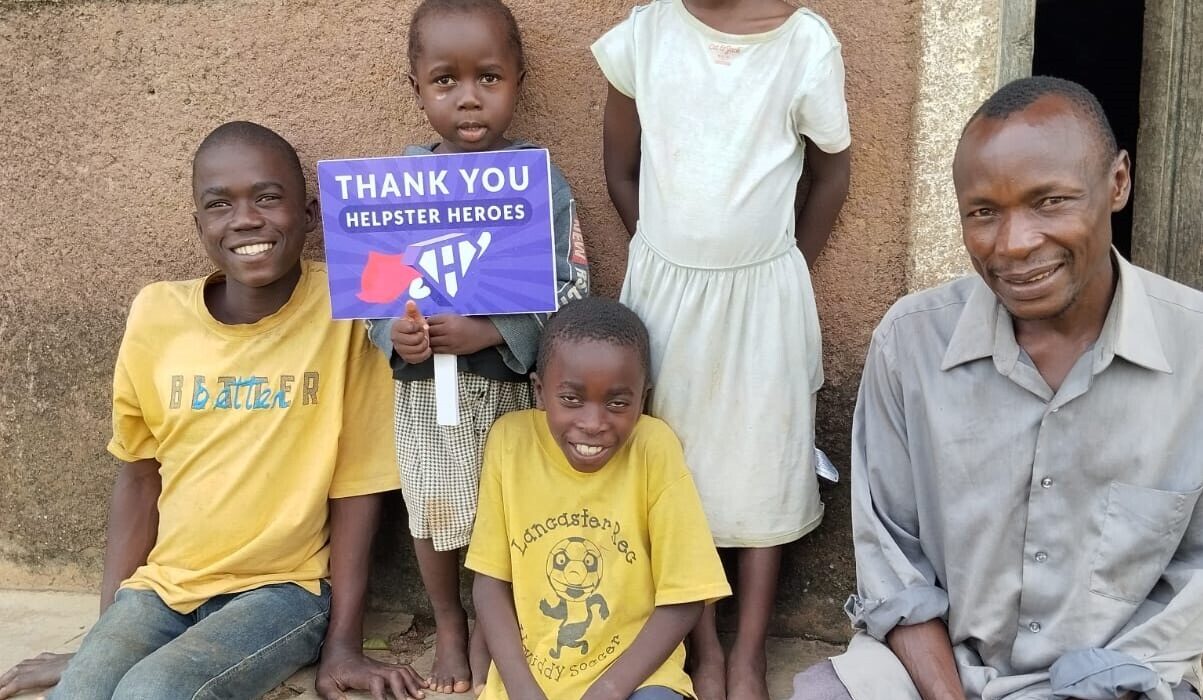In a major boost for sickle cell care in Kenya, international nonprofit Helpster Charity has rolled out a vital health support programme targeting 100 underprivileged children suffering from sickle cell disease in Bungoma County. The nine-month intervention aims to bridge critical gaps in medication and clinic care, especially in light of recent disruptions caused by changes in the country’s health insurance policy.
The initiative comes at a time when many families across Kenya are struggling to maintain access to chronic disease care following the government’s shift to annual health insurance payments under the Social Health Authority. The policy change has left informal sector households, who form the bulk of the population, scrambling to raise lump-sum payments—making healthcare less accessible for those already at risk.
“Sickle cell is not just a medical condition—it is a continuous financial emergency for many families,” said Dr. Beatrix Atieno, Helpster Kenya Country Manager. “We are seeing more children missing essential medication or checkups simply because their parents can’t afford the new upfront insurance costs.”
Direct Support Across Four Facilities
The programme is being rolled out across four health centres in Bungoma:
- Mechimeru Model Health Centre – 28 children
- Bukembe Health Centre – 23 children
- Bulondo Health Centre – 13 children
- Bokoli Subcounty Hospital – 3 children
Helpster is covering a full package of medical support, including monthly clinical reviews, lab testing, and daily medication such as hydroxyurea, folic acid, and paludrine, which are essential for managing the disease and preventing life-threatening complications.
Kenya records an estimated 14,000 new sickle cell births each year, with western regions like Bungoma and Kisumu reporting the highest prevalence. Left unmanaged, the condition leads to recurrent pain crises, frequent infections, and missed school days. Many families affected are in low-income brackets with little or no insurance cover.
To be eligible for the programme, children must have a confirmed diagnosis and meet vulnerability criteria, including:
- Hospitalisation within the last six months
- Missed school due to illness
- Malnutrition
- Living in an underprivileged household
While the initiative offers immediate relief, Helpster is also focused on long-term sustainability. Families are receiving guidance on small-scale income-generating activities and training in how to continue treatment independently after the nine-month window closes.
“Every missed dose puts a child at risk of a health crisis,” Dr. Atieno emphasized. “We’re not just providing medication—we’re giving families time to stabilize and plan for sustainable solutions.”
Helpster Charity, known for using technology to connect global donors to medical emergencies in Africa and Asia, continues to fundraise for similar projects through its app and website. The organisation’s tech-driven model offers a transparent platform where donors can track the impact of their contributions in real time.





